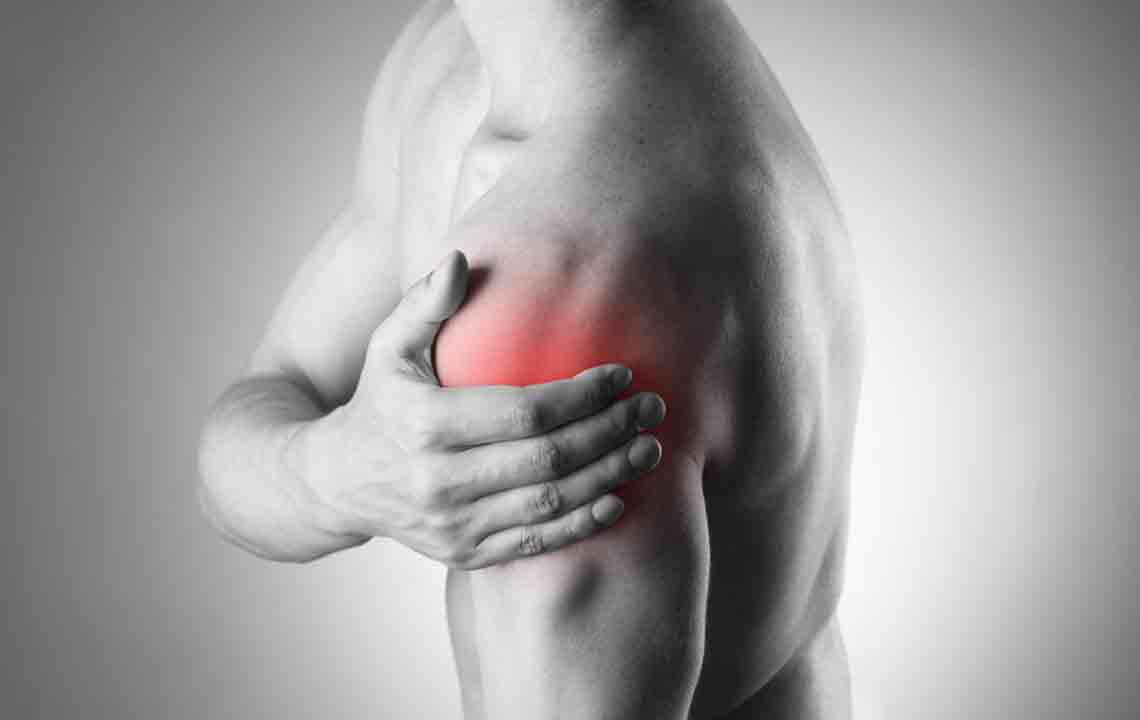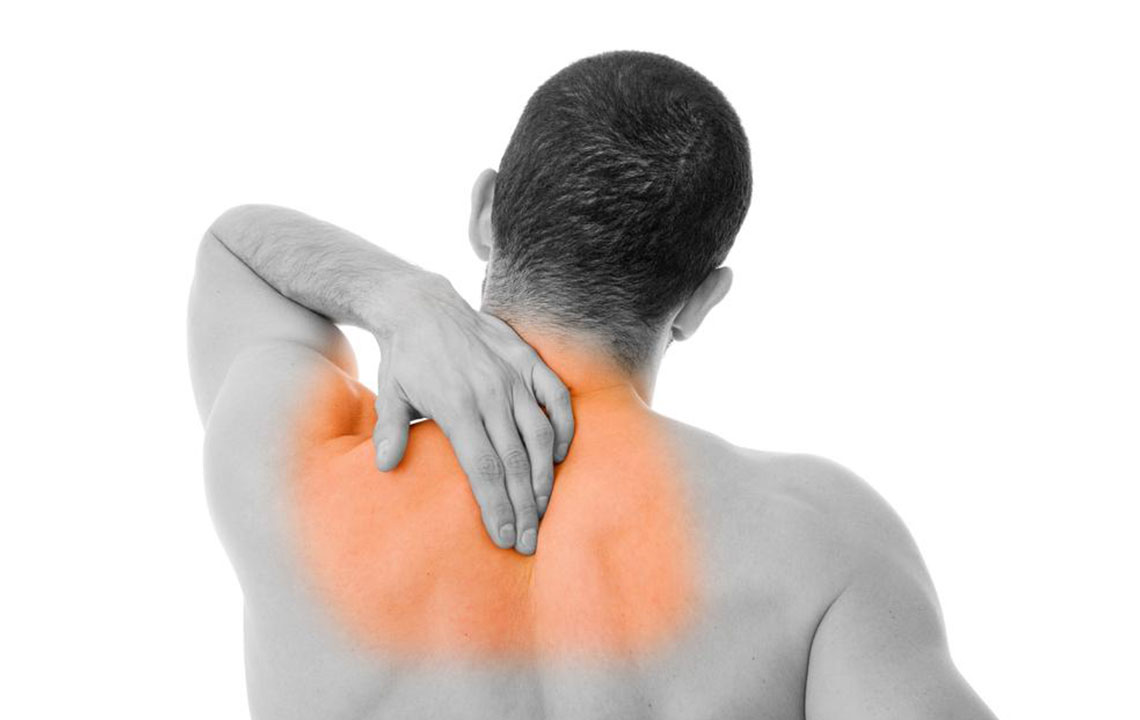Recognizing Shoulder Joint Pain: Key Symptoms and Causes
Identify the key symptoms of shoulder joint pain, including stiffness, swelling, and weakness. Understand common causes like injuries, bursitis, or nerve issues and explore effective treatment options such as physiotherapy, medications, or surgery. Early diagnosis is vital for preventing long-term impairment and improving mobility.

Recognizing Shoulder Joint Pain: Key Symptoms and Causes
The shoulder joint stands out as one of the most mobile in the human body, allowing movement in multiple directions. Its flexibility depends heavily on muscles that support and coordinate its movements. Pain in the shoulder often results from muscle weakness, imbalance, or injury. This joint, classified as a ball-and-socket joint, involves three bones: the humerus, scapula, and clavicle, covered with cartilage. Its movement can be hindered by injuries, overexertion, or underlying health issues such as nerve compression or systemic conditions. Common causes include sports, heavy lifting, or medical problems like arthritis, lien, or heart issues.
Shoulder pain may be localized or radiate down the arm, often linked to problems in tendons, muscles, or bones. Injuries, degenerative conditions, or systemic illnesses can cause discomfort. For example, rotator cuff injuries typically lead to pain in the front or outer shoulder, making arm movements—including lifting—difficult. Symptoms like stiffness, swelling, nerve impingement, or sudden weakness may occur. Causes vary from trauma to infections. Accurate diagnosis through examinations and imaging (X-ray, ultrasound, MRI) is essential for effective treatment. Management options include painkillers, physiotherapy, injections, or surgery, depending on severity.
Common Signs of Shoulder Pain
The initial indicator of shoulder distress is reduced mobility accompanied by stiffness and persistent pain. These symptoms usually originate from tissues like tendons, ligaments, muscles, or bones. Typical signs include localized pain, arm weakness, swelling, and nerve compression symptoms such as numbness or tingling. Frozen shoulder, characterized by progressive stiffness through three stages: freezing, frozen, and thawing, is a common condition if untreated. Activities like combing hair or lifting objects can worsen pain, especially if associated with injuries or nerve issues. In severe cases, swelling, redness, or systemic symptoms like fatigue and fever may signal more serious underlying conditions. Proper diagnosis and tailored treatment significantly improve outcomes and restore shoulder function.










